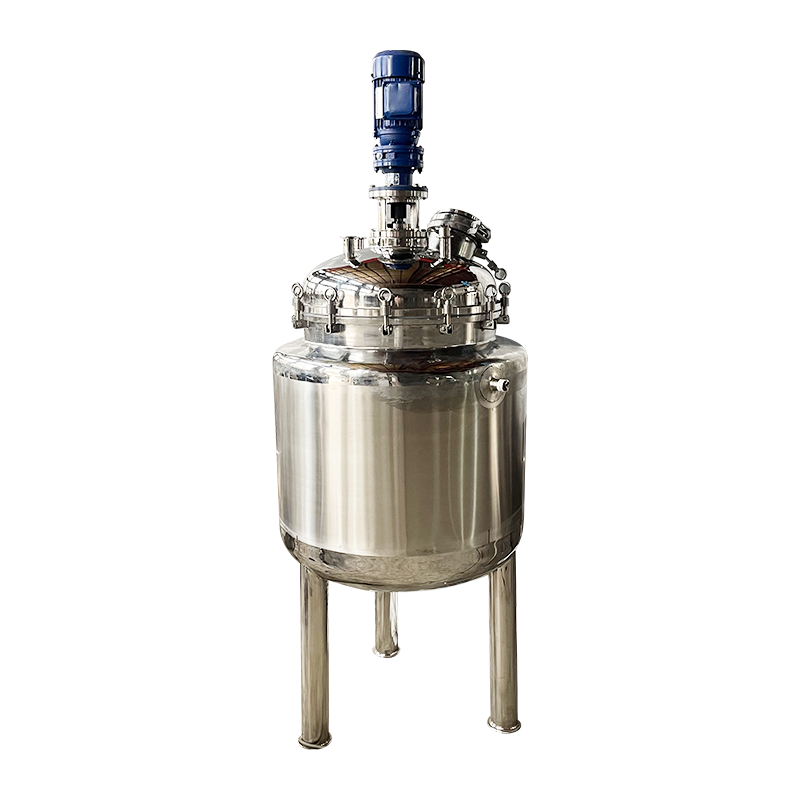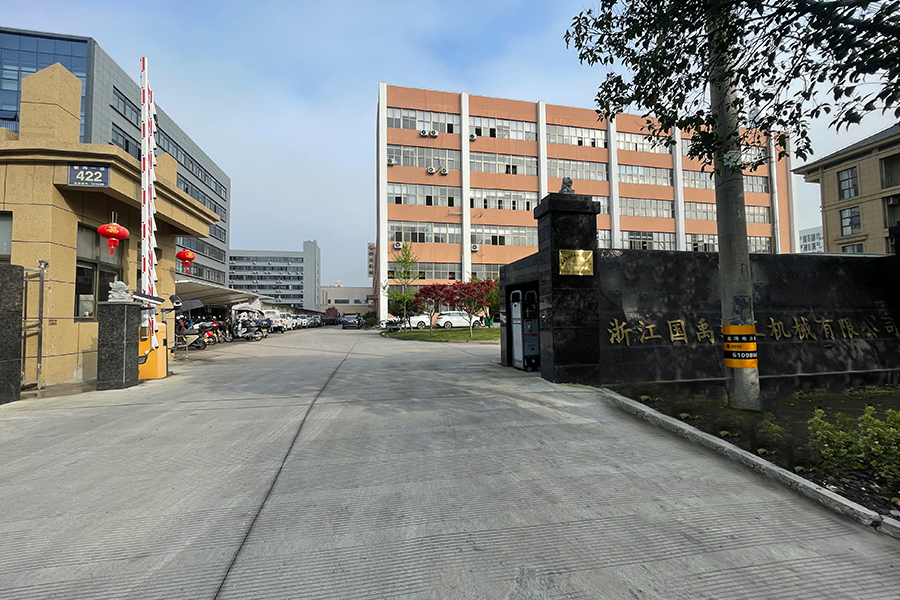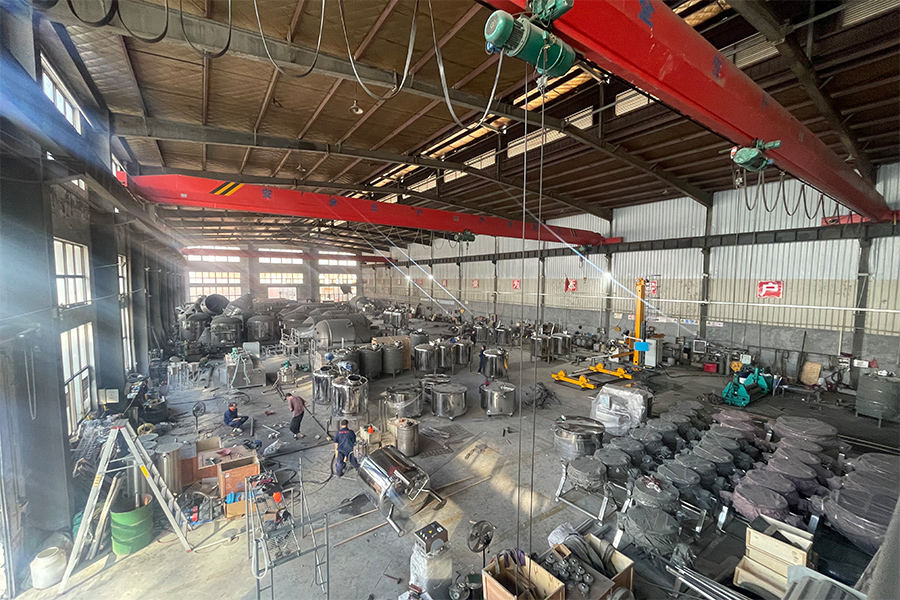A pharmaceutical mixing tank is a critical piece of equipment used in the production of pharmaceutical products, such as liquids, suspensions, emulsions, and creams. These tanks are designed to combine raw ingredients, ensuring that they are mixed uniformly and effectively. Constructed from materials like stainless steel, pharmaceutical mixing tanks are easy to clean and sterilize, ensuring compliance with strict hygiene standards. The tanks typically feature agitation systems, such as paddles or propellers, to ensure thorough mixing.
Ensuring Sterility and Precision with Medical Mixing Tanks
A medical mixing tank is an essential device used in healthcare and medical manufacturing to blend various components into uniform mixtures. These tanks are designed to handle sensitive materials that require precise mixing conditions to maintain the quality and effectiveness of medical products, including solutions, suspensions, and gels.
Typically constructed from stainless steel, medical mixing tanks offer corrosion resistance and ease of cleaning, which is crucial for maintaining a sterile environment. The tanks feature smooth interiors to prevent contamination and facilitate thorough sterilization processes. Many medical mixing tanks include agitation systems such as impellers or paddles, which ensure consistent mixing and prevent settling of materials.
Temperature control is often integrated into the design, with jackets or coils that provide heating or cooling capabilities. Maintaining the appropriate temperature during mixing helps preserve the stability of temperature-sensitive compounds.
Medical mixing tanks come in various sizes to suit different production scales, from laboratory units to larger industrial models. Some tanks are equipped with automated control systems to monitor and adjust mixing speed, temperature, and other parameters to meet specific process requirements.
Routine maintenance and cleaning are important to ensure the tanks remain free from contaminants and function efficiently. Proper handling and operation of medical mixing tanks contribute to the safety and reliability of medical products.
In summary, medical mixing tanks play a vital role in producing consistent and high-quality medical formulations by providing a controlled and hygienic environment for mixing sensitive ingredients.
The Importance of Proper Mixing in Pharmaceutical Production
Pharmaceutical mixing equipment is designed to combine various raw materials into homogenous mixtures during drug manufacturing. This equipment supports the production of a wide range of pharmaceutical products such as liquids, creams, ointments, and suspensions. Ensuring uniform mixing is critical for product efficacy and safety.
Constructed mainly from stainless steel, pharmaceutical mixing equipment provides resistance to corrosion and contamination. The smooth internal surfaces facilitate easy cleaning and sterilization, which are necessary to meet strict regulatory requirements. Mixing equipment typically includes agitators like propellers, paddles, or turbines that provide efficient blending of ingredients.
Many pharmaceutical mixers are equipped with temperature control features to maintain or adjust the temperature during mixing. This helps protect sensitive compounds from degradation or alteration. Additionally, modern mixing equipment may offer automation capabilities that allow precise control over mixing speed, duration, and other process parameters.
The equipment is available in various sizes and configurations, suitable for small-scale laboratory use or large-scale industrial production. Some systems integrate with other processing units such as heating, cooling, or filtration systems to enhance operational efficiency.
Overall, pharmaceutical mixing equipment plays an important role in producing reliable and safe pharmaceutical formulations by providing controlled and efficient mixing solutions.



















